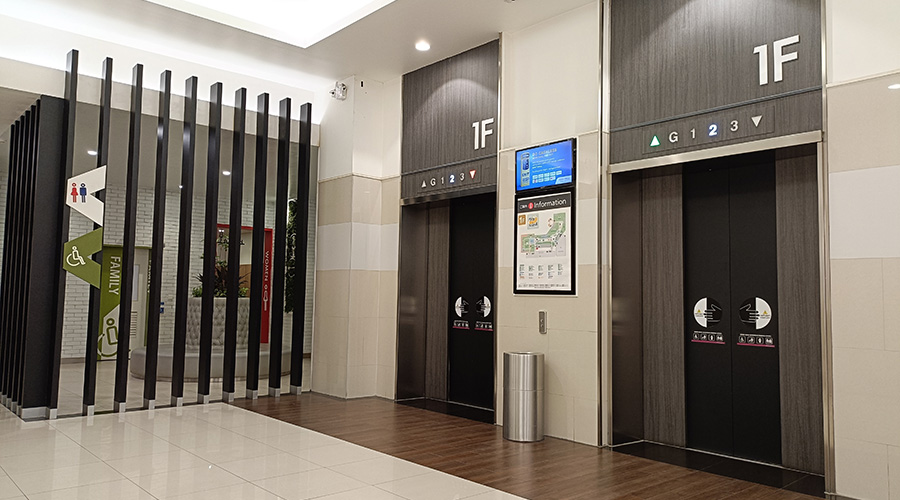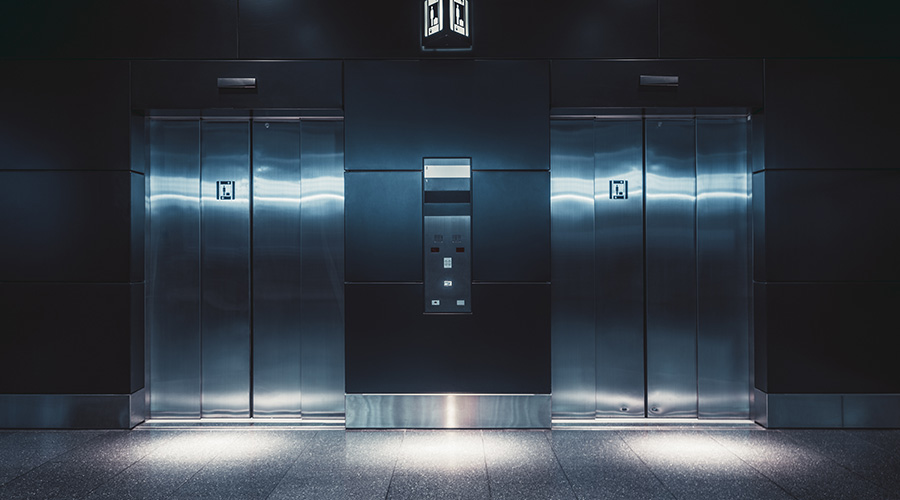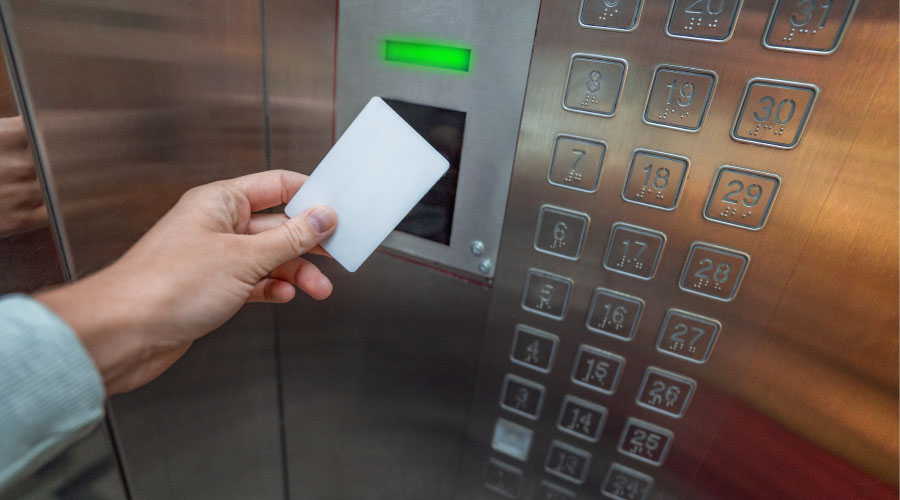Elevators in an Educational Environment
It's pretty common for a large university to have a more diverse group of buildings than anyplace else in town. That means, when it comes to tackling an elevator issue, the university's facilities department often doesn't have someone they can consult in a facility just down the road that's had similar experiences.
At a number of Big Ten universities, the usual solution was to call someone at another Big Ten university. A few years ago, that repeated collaboration led to the idea of a group that could share experience and education among those with elevator responsibilities at universities. That group formally organized in 2006 as Elevator U. In addition to university representatives, the group also has members that are elevator manufacturers, contractors, consultants and vendors. The organization holds an annual conference that focuses on elevators in university settings. This year's conference will be hosted by Michigan State University from June 18-21.
In addition to sharing information and ideas with peers that work in similar environments, the organization focuses on teaching safety to students, both college and younger, says Elevator U board of directors president Martin Culp, elevator supervisor, department of operations and maintenance — contracts, University of Maryland.
At Maryland and other universities, working on elevators doesn't just mean their mechanical aspects. College students can, of course, be a bit hard on their surroundings, so certain measures have to be taken to combat that, says Culp.
"It goes in spurts," says Culp. "We'll get a period when they seem to be a little more destructive than normal. What we've done in most of the dorms is put vandal-resistant buttons in the elevators, because we've had trouble with them using cigarette lighters to melt the plastic on the buttons."
When it comes to mechanical maintenance, Maryland's service contracts have a wide range of requirements for the length of time in the field and experience working with different kinds of equipment. With a wide range of brands and types of elevators serving passenger requirements ranging from dormitories to office buildings, the maintenance demands vary widely.
And, for the most part, it runs pretty smoothly — with the occasional exception.
"After a football game, we may get trapped calls where they've loaded 15 or 20 people in an elevator," Culp says. "Every once in a while we get those, but not on a frequent basis. We pretty much know when to expect problems."
— Casey Laughman
|














